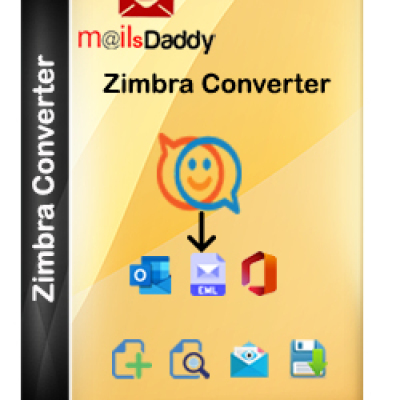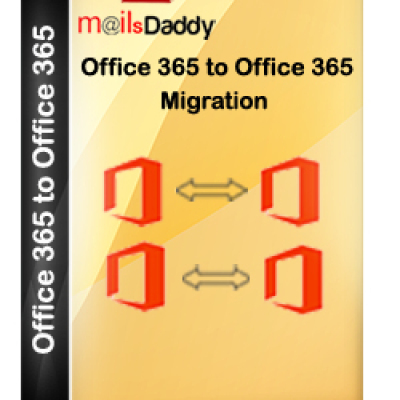Tanveer Ahmad Shah
ME
EVENTS
BLOG
OASIS
PODS
MORE
#microlearning 23 posts
Awalludin Ramlee
Awalludin Ramlee
Lvl2
1 d
·
Translate
#microlearning
Human Mastery
Human mastery refers to the ability of individuals or groups to achieve a high level of proficiency or expertise in a particular area, skill, or discipline. It implies a deep understanding, knowledge, and mastery of a particular field or domain, as well as the ability to apply that knowledge effectively in practical situations.
Examples of human mastery can be found in various fields, including science, art, music, sports, and many others. For instance, a scientist who has spent years researching a particular area of study and has made significant breakthroughs in that field can be said to have achieved human mastery. Similarly, a musician who has spent decades perfecting their craft and has achieved critical acclaim for their performances can be considered a master in their field.
Read More
image
+ Energy
5 volts ⚡
energy: 51
Awalludin Ramlee
Awalludin Ramlee
Lvl2
2 d
·
Translate
#microlearning
Geographic Information System
GIS stands for Geographic Information System. It is a computer-based tool that is used to manage, analyze and visualize geospatial data. GIS combines hardware, software, data, and people to capture, store, manipulate, analyze, and display spatially-referenced information.
GIS can be used in a variety of fields such as urban planning, natural resource management, emergency management, health care, and transportation. It is used to visualize, analyze and solve complex problems by presenting data in a spatial context. GIS can display various types of data such as satellite imagery, digital maps, and databases. It can also be used to create customized maps, perform spatial analysis, and model geospatial data.
GIS software is often used to overlay different layers of data to better understand relationships and patterns. For example, a city planner could use GIS to overlay a map of population density with a map of parks and green spaces to identify areas with limited access to green spaces. This type of analysis can be used to inform decision-making and improve the lives of people in a community.
Overall, GIS is a powerful tool that is widely used in many fields to better understand and manage geospatial data.
Fire
Thought
Post









